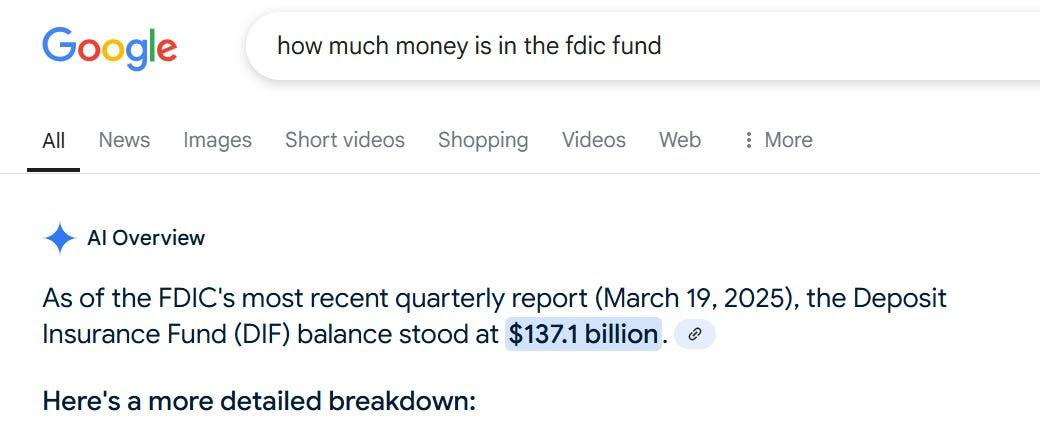The Fragile Illusion of Modern Banking: Three Truths That Will Shock You
In a world where financial systems underpin nearly every aspect of daily life, few people question the fundamental workings of the banking system. Yet, as financial
Modern banking operates on an intricate illusion that could collapse at any moment. This exposé highlights three unsettling truths about money and bank accounts that most people remain unaware of.
Truth #1: The Money Isn’t Yours
When you deposit money into a bank account, it ceases to be your property. Legally, those funds belong to the bank, and what you hold is merely an IOU—a promise that the bank will repay you. This arrangement benefits banks immensely, as they gain access to unsecured loans from depositors, often without paying significant interest in return.
More troubling is the ease with which banks can freeze or seize funds. Instances of account freezes due to controversial purchases or politically sensitive actions are not uncommon. For example, platforms like PayPal have faced backlash for proposing penalties for spreading "misinformation." Such practices underscore a stark reality: if your money can be withheld on a whim, it was never truly yours to begin with.
Truth #2: The Money Isn’t Actually There
The concept of fractional reserve banking compounds the fragility of the system. Banks are not required to keep all deposits on hand; instead, they hold only a fraction and use the rest for speculative investments. This practice became even riskier when U.S. reserve requirements were eliminated during the COVID-19 pandemic, allowing banks to operate without retaining any minimum funds for withdrawals.
This means that if even a small percentage of customers attempt to withdraw their money simultaneously, banks would face insolvency. This is a Ponzi scheme—its survival depends on maintaining the illusion that everyone’s money is accessible when, in fact, it’s not.
Truth #3: The Money Isn’t Really Money
The third revelation challenges conventional notions of currency. Most people accept government-issued fiat currency as "money" without questioning its intrinsic value.
Fiat currencies are poor stores of value due to their unlimited supply and susceptibility to political manipulation.
Historically, gold has emerged as the most enduring form of money because of its unique properties: durability, scarcity, divisibility, and resistance to inflation. Unlike fiat currencies, gold’s value is rooted in its physical characteristics and widespread acceptance over millennia. Real money arises from market consensus rather than government decree.
A House of Cards?
The reality: A grim picture of modern banking as a precarious system built on public ignorance. He warns that this "mile-high house of cards" could collapse at any time, erasing the savings of millions who trust it blindly.
While this analysis is provocative, it raises critical questions about financial literacy and systemic risk. Are we prepared for potential disruptions in the banking system? And if not, how can individuals safeguard their wealth in an increasingly volatile economic landscape?
As debates around monetary policy and banking practices intensify, one thing is clear: understanding these truths is no longer optional—it’s essential.
For Every $10,000 in BANK You Get $76 bucks.
FACTS
Total Deposits in US Banks approximately $18 Trillion
As of Q3 2024, the FDIC's Deposit Insurance Fund (DIF) stood at $137.1 billion
For every $10,000 in deposits US Government has $76 bucks
Doesn’t that seem risky to you all?
end of segment





